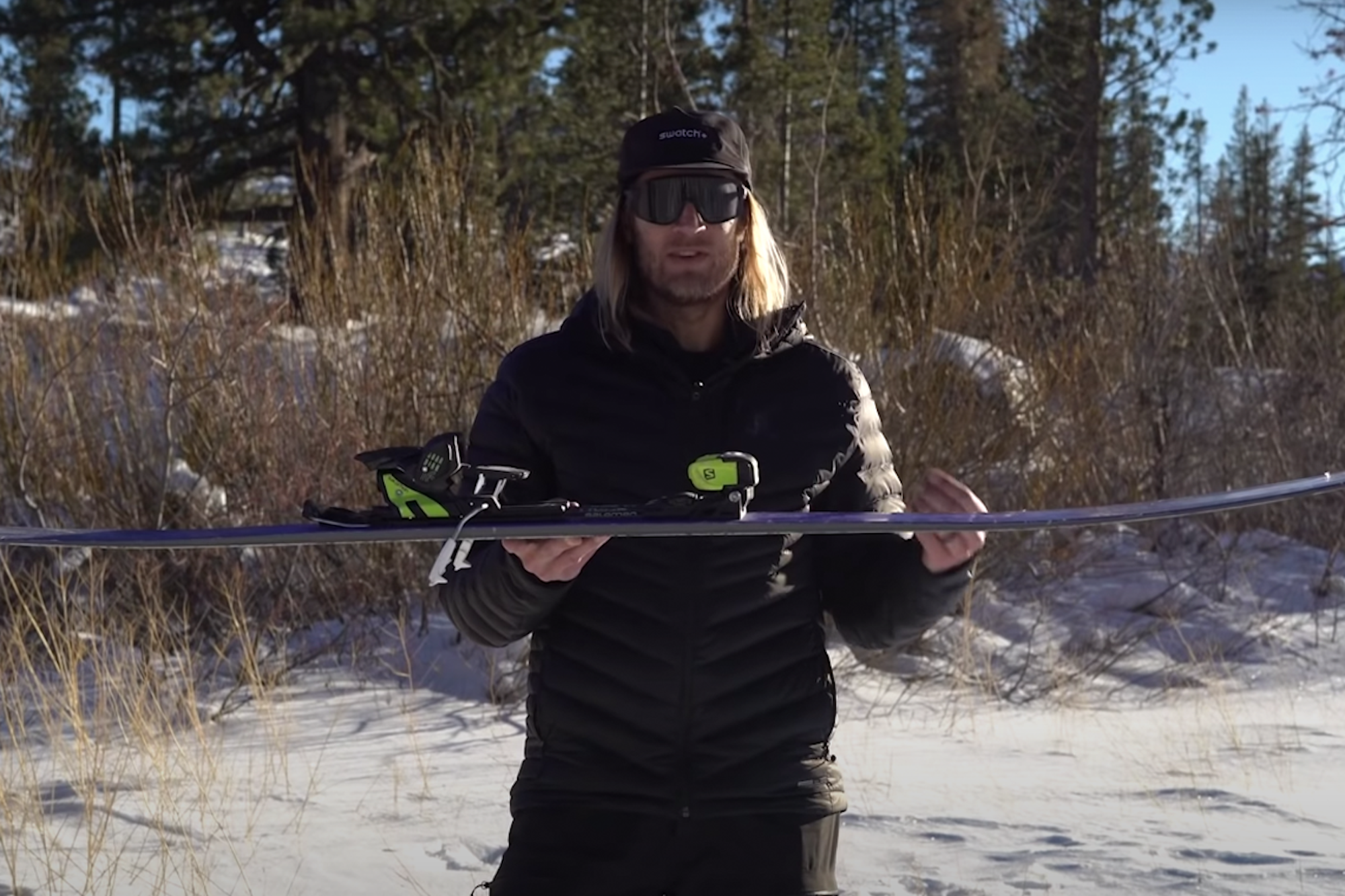If you’re looking to purchase a new set of bindings but, like many skiers, are a bit confused about the intricacies that go into these unsung heroes, you have arrived at the right place. Ski bindings are one of the more elusive parts of the trio of components that create the ideal two plank set up. We’re talking skis, boots and bindings; the necessities. Everyone loves to inspect, flex and learn about the intricate engineering that goes into skis, and nobody wants to be strapped into a gruelingly uncomfortable pair of boots, so it makes sense that these two pieces of the puzzle often receive the most attention.
For the true gear head, bindings can be a detailed and interesting arena of knowledge but, for many, they’re simply the interchangeable piece of equipment that keep you attached to your snow sliders. You want a binding that keeps you in when you should be in, and pops out when you’re tomahawking mach 10 under the lift. While these basic principles ring true, there’s so much more information and technology that goes into a quality binding behind the scenes. From ISO regulations to elasticity and pivot points, the long locks skiing guru Cody breaks down all the intricacies of the several different types of bindings that are on the market today.
If you’re already aware of which style of binding you’re looking to learn more about, we’ve conveniently attached links on each of the binding type names listed below, so you can jump right in to what you need to know.
Depending on what you desire to accomplish on skis, there are different bindings to meet your needs. Alpine, frame, hybrid and pin bindings are all unique creations that serve specific purposes. For those of us who enjoy letting gravity to the work, minus those good ol’, character building boot packs, the alpine binding is the selection of choice. Frame bindings can be a great option for the resort ripper who casually ventures into the backcountry. Along with other improvements, the often criticized weight of these tanks has been drastically reduced in the recent years. They’re becoming a bit of an antique in the fast evolving ski world, which leads us to the hybrid and pin bindings. Hybrid bindings are some of the more recent advances of technology offered in skiing, and the fast growing Salomon Shift was the first to create this category of bindings. Hybrid bindings offer an alpine caliber binding that can will destroy your local hill and power through miles of touring. The last option, pin bindings, have their own ISO regulations and are for the everyday touring connoisseur. As light as you can get, they’re a bit pricy but well worth the pay if you put them to use.
With so many rapid advancements in the technology that fuels the sport we love, having a pool of knowledge such as Cody to walk us through the complexities is extremely valuable. Filled with fantastic popsicle-stick figure demonstrations, physical examples and more, this FIFTY gear review will answer any and all questions that might be cloggin’ your noggin’ when it comes to bindings.


![[GIVEAWAY] Win a Head-to-Toe Ski Setup from IFSA](https://www.datocms-assets.com/163516/1765920344-ifsa.jpg?w=200&h=200&fit=crop)


![[GIVEAWAY] Win a Legendary Ski Trip with Icelantic's Road to the Rocks](https://www.datocms-assets.com/163516/1765233064-r2r26_freeskier_leaderboard1.jpg?auto=format&w=400&h=300&fit=crop&crop=faces,entropy)




![[GIVEAWAY] Win a Head-to-Toe Ski Setup from IFSA](https://www.datocms-assets.com/163516/1765920344-ifsa.jpg?auto=format&w=400&h=300&fit=crop&crop=faces,entropy)


